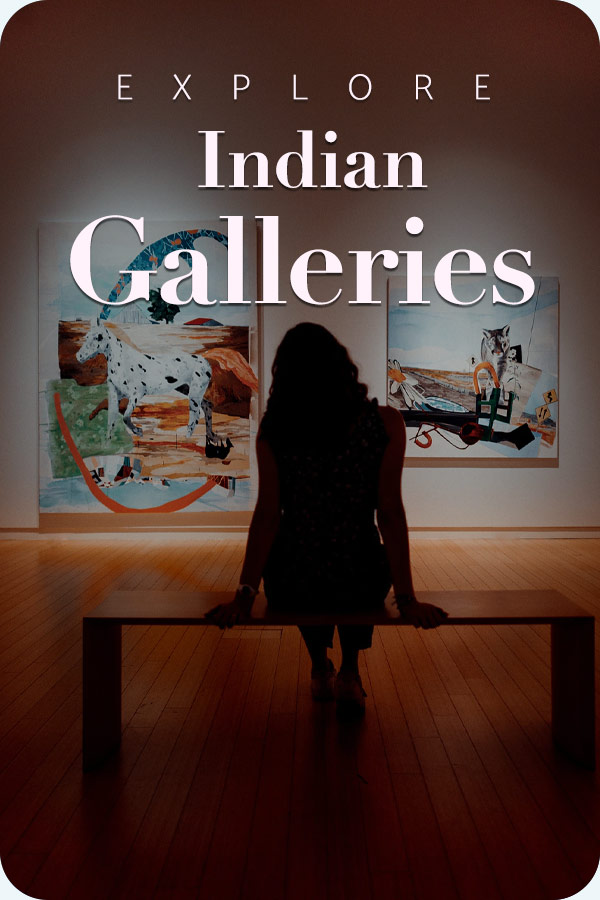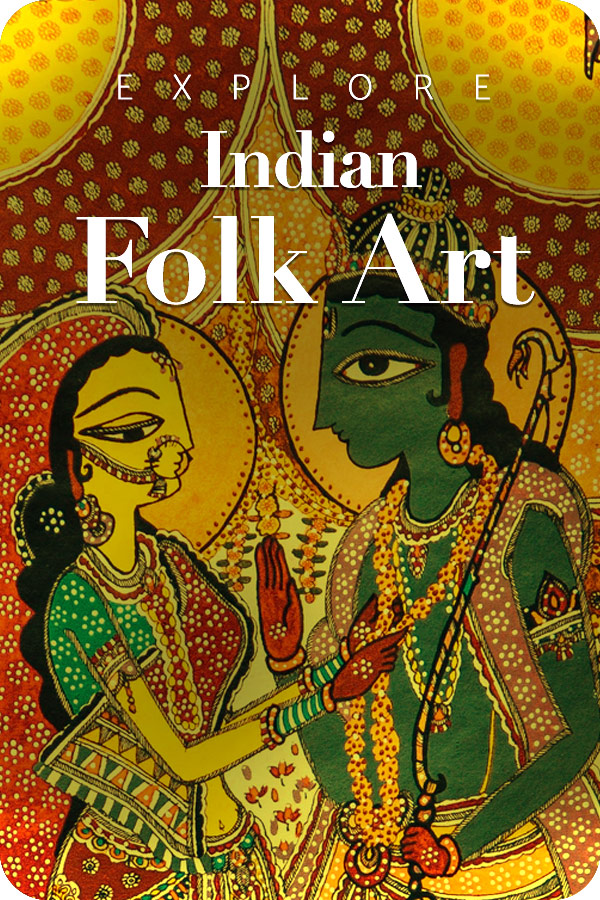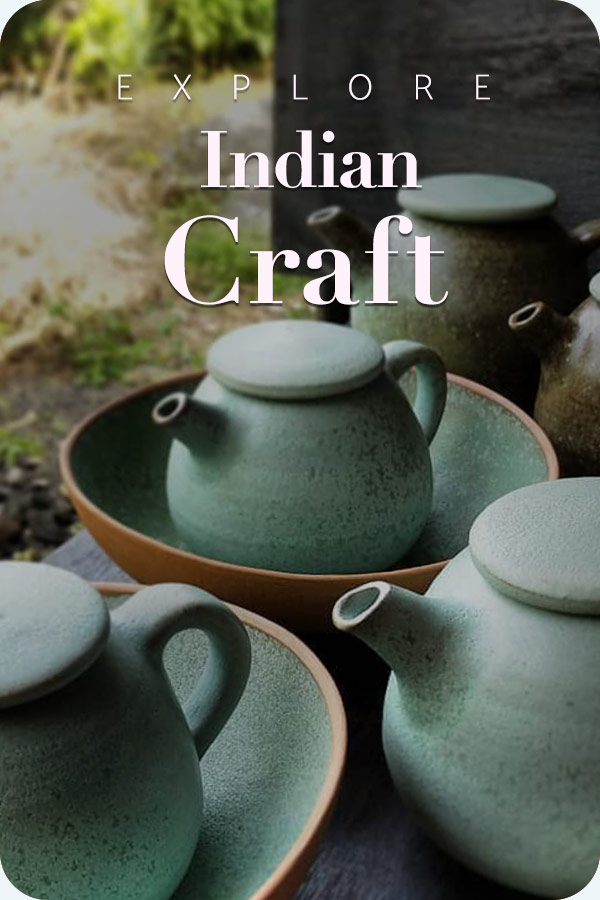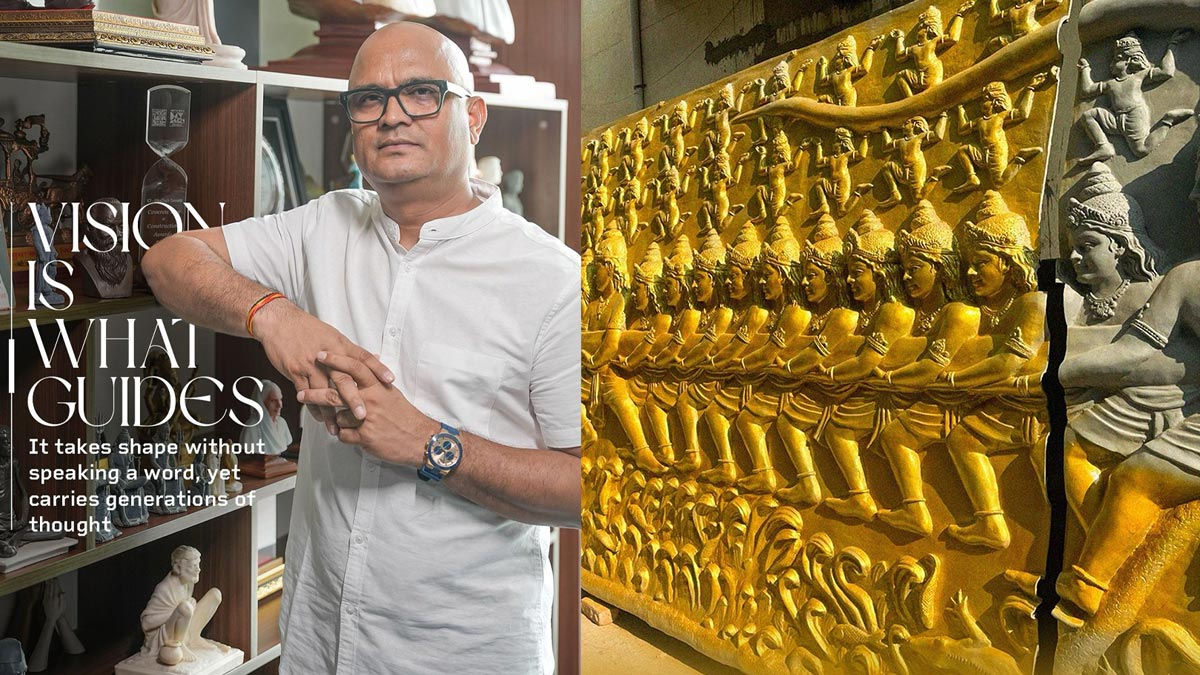
Art has always been a rebellion against conventional ideas of established practice, giving a new meaning to self-expression and social commentary on issues like the environment and inequalities. The present body of sculptures and statues embraces experimental qualities that defy principles of harmony and symmetry to fuse symbolism into abstract ideas for added emotional depth, representing the inner state in an archetypal visualisation.
Today’s style is a paradigm shift from a collective emotional voice that was community-driven, often immersed in religious devotion, especially in India. This is the essence of metamodernism, where the composite nature of personal and collective unconsciousness is evident. Simply put, subjectivity takes the centre stage in modern sculptures and statues, representing the chaos within an artist that connects to the collective unconscious and fuses idealism with scepticism.
The Past at a Glance
In the early 1900s, sculptors were obsessed with anatomy and realistic representation owing to the influence of rationalist values during the Age of Enlightenment. However, as human creativity evolved, such rigid literal representation in artwork was rejected in the 20th century in the West. Qualities of experimentation and symbolism were added, and the cultural discourse gave rise to abstract art wherein one had to distance oneself from the object itself and engage emotionally rather than rationally.
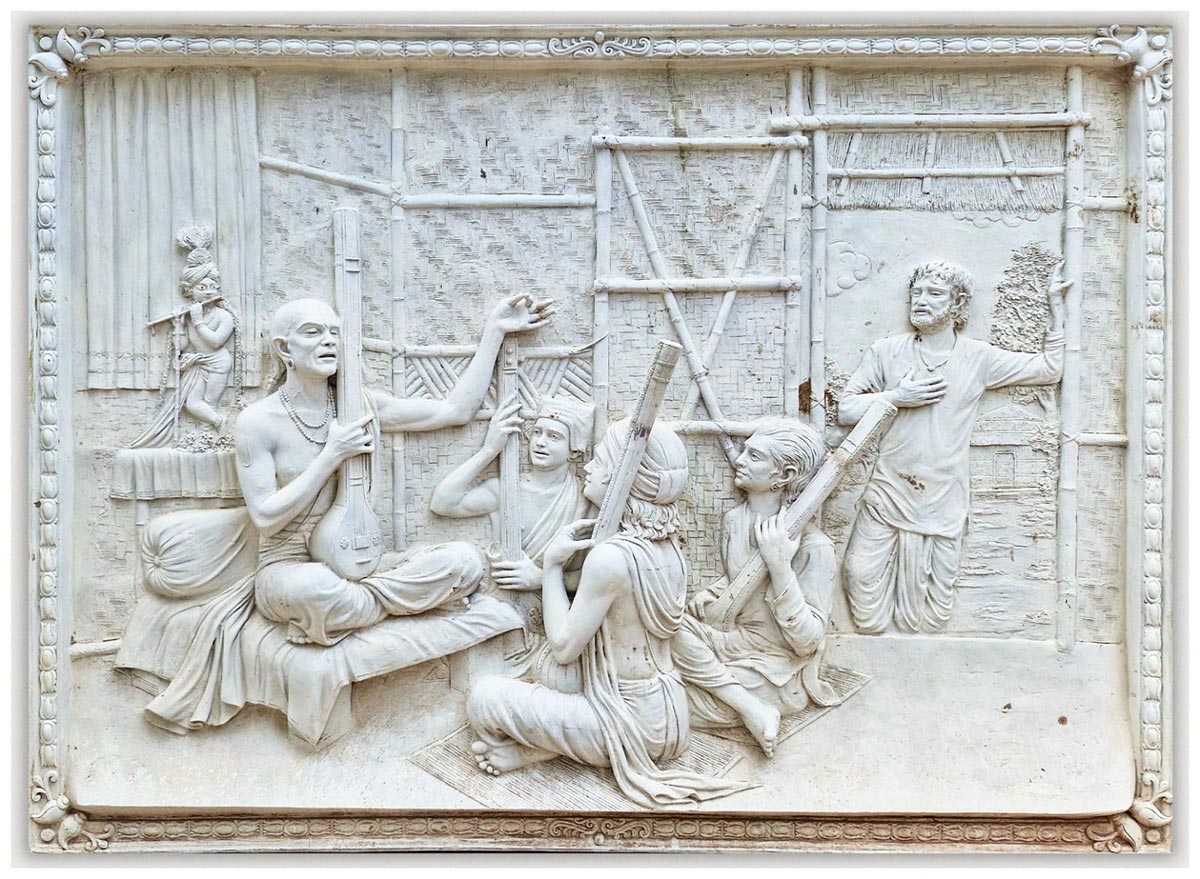
In India, the departure from religious and mythological narratives and the introduction of nation-building and postcolonialism resulted in more diverse artwork. It blended indigenous styles and symbols with Western influences. Sculptures were patronised by the government and meant to convey postcolonial hopes—making sculptors essential players in nation building. This also marked a significant shift from body aesthetics and storytelling to artistic expression and materiality.
Conflicting Ideas of the Postmodern World
Notably, modernism does not merely represent progressive ideas but the utopia of the post-WWI era, the advent of industrialisation, and the eventual commercialisation of art. Possibly causing ignorance of personal identities, it gave rise to an irony in the West—the attempt to create artistic freedom might have become reductionist, a recurring theme in contemporary sculptures. Sculptures and statues became archetypal symbols with a singular meaning.
To break the dogma, artists started a change called the postmodernist deconstruction of values. Gaining more control over their artworks, they let go of universal meanings and gave personal interpretations acceptance. This coincided with lost hopes that followed the West’s broken promises of WW1 and the breakout of WW2, and scepticism became a characteristic of artistic expression even in India, as seen in the Bombay School of Art.
Synthesis of Modernism and Postmodernism:
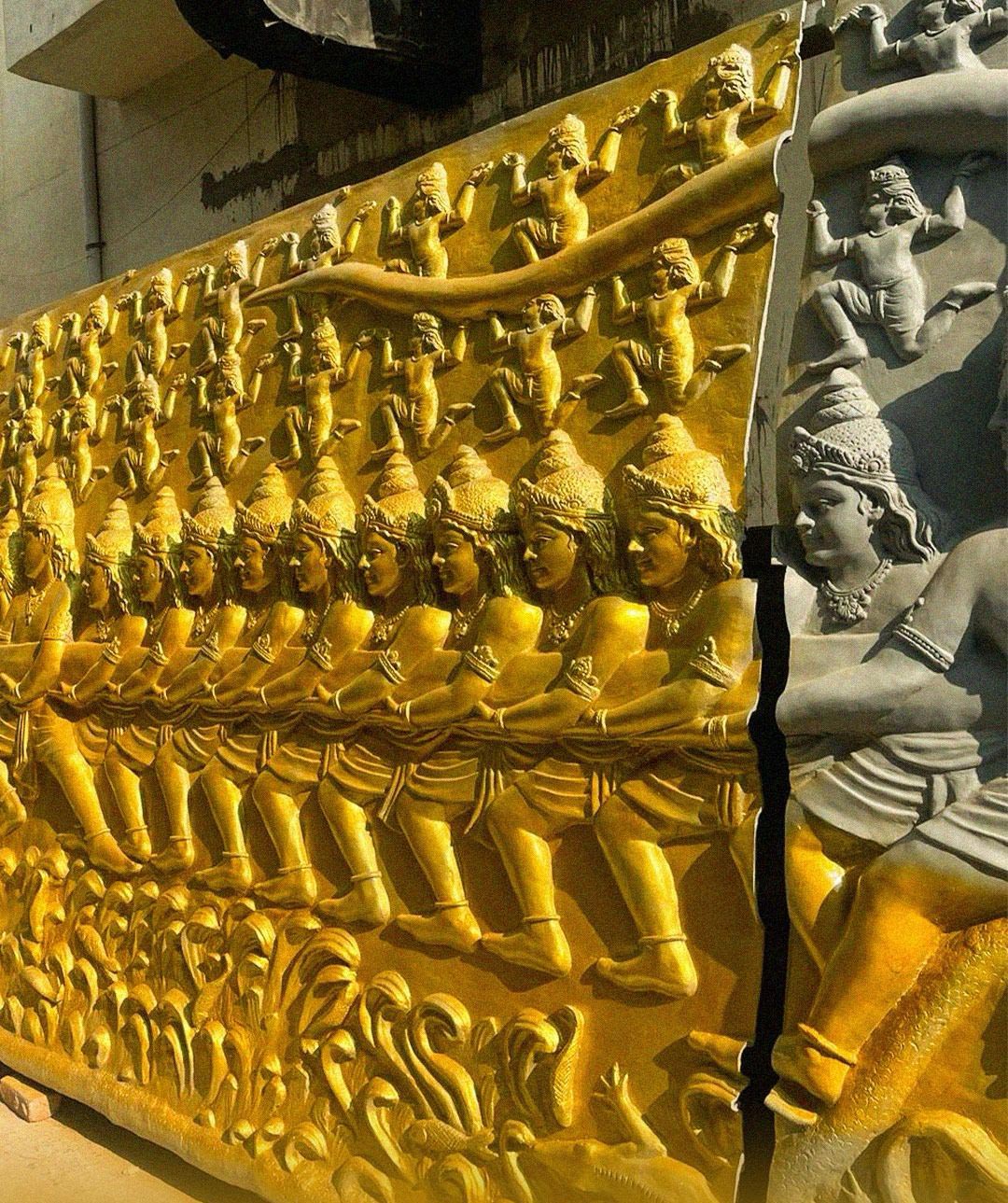
Postmodernism broke philosophies that placed one art above the other, allowing artists more freedom in post-liberalisation. Sculptures depicted that there is no universal truth, and the meaning of artwork changes with the audience and time. It gave rise to another paradox—the alienating realisation that meaning is constructed, and thus, there might be no meaning of an artwork. Interestingly, alienation due to the increasingly transactional nature of society was realised at the beginning of the 21st century.
Additionally, artists reconstructed and borrowed ideas to combine them with their thought process; the idea of creation out of nothing was challenged, and originality was questioned. The artist’s sculpture showed a stylistic hybridity that many call metamodernism, which blended ideas to create the new.
Whether the metamodern era has arrived or is still in a transitional stage is a debate. However, the current world has blurred the lines between universal meanings and scepticism. The sculptures now focus on creating an experience for the audience, where an interaction between the intentions of artists and the subjectivity of the viewer constructs meanings.
Globalisation: Shifting Materials, Themes and Styles
Globalisation’s indomitable impact on sculptures and statues is seen in artists exploring new styles and materials as cultural exchanges continue and technology evolves. Experimentation and hybridity of techniques are central to artworks.
Styles like minimalism have found expression in several Indian artworks that combine the expression of spiritual designs and motifs in geometric stylisation. Similarly, post-minimalist ideas react with the Indian traditions to encourage artists to use unconventional materials like fibreglass, ropes, latex, magnets, etc.
Space has also become a medium of artistic expression and a defining element of sculpture and statue-making. Installation art creates experiential pieces; for instance, the creative use of mirrors is exemplary of shifting paradigms.

Merging classical craftsmanship with contemporary technology, laser 3D printing and CNC milling are all the rage. This makes replication of intricate designs precise and easier. Further, technology and innovation have given birth to kinetic artworks that add a literal movement to pieces through motors and sensors, allowing the pieces to respond to external stimuli.
Lastly, mixed-media techniques show qualities of experimentation, combining different materials in masterpieces. Indian sculptors combine traditional materials like wood with modern innovations like stainless steel to not only create mesmerising and meaningful interpretations of their reality but also add strength to their words.
Artists are also exploring themes relevant to the contemporary world, such as migration, climate change, and identity struggles. The themes often influence their choice of materials, such as a conscious effort to use eco-friendly materials or recycled materials in sculptures and statues to help in the global awareness of environmental degradation. Moreover, today, sculpture making is explored for its therapeutic qualities; one expects more vivid and raw expressions of self in them.
The Bottom Line
Terms like “modernism” and “postmodernism” are not mere cultural discourses, and every sculptor interprets them differently to blend modern ideas with cultural values that honour the past. But, while the materials and techniques might evolve, the fundamental role of sculpture in representing and projecting power, identity, and values remains a long-standing practice.
With each artwork being an attempt to break a new barrier through a fluidity of ideas, no work is inherently good or bad. And while the modern restrictions of thought will continue to be discovered and broken, sustainable craftsmanship practices will also shape the future, reflecting artistic creativity and environmental responsibility.



